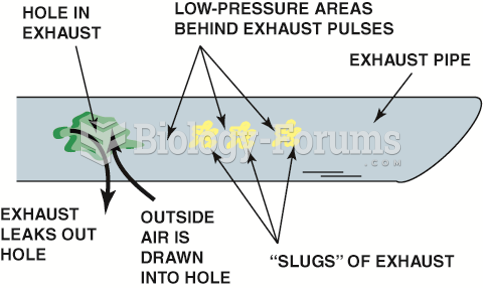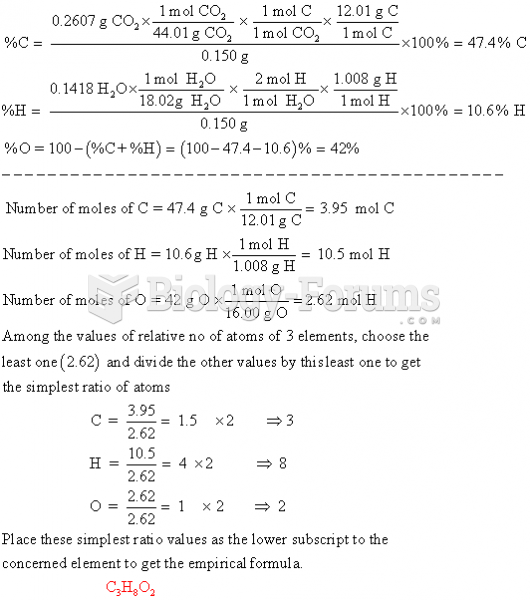|
|
|
Never take aspirin without food because it is likely to irritate your stomach. Never give aspirin to children under age 12. Overdoses of aspirin have the potential to cause deafness.
Earwax has antimicrobial properties that reduce the viability of bacteria and fungus in the human ear.
In the ancient and medieval periods, dysentery killed about ? of all babies before they reach 12 months of age. The disease was transferred through contaminated drinking water, because there was no way to adequately dispose of sewage, which contaminated the water.
Eat fiber! A diet high in fiber can help lower cholesterol levels by as much as 10%.
As many as 28% of hospitalized patients requiring mechanical ventilators to help them breathe (for more than 48 hours) will develop ventilator-associated pneumonia. Current therapy involves intravenous antibiotics, but new antibiotics that can be inhaled (and more directly treat the infection) are being developed.
 Rank-order correlations show that differential consistency remains high from childhood through late ...
Rank-order correlations show that differential consistency remains high from childhood through late ...
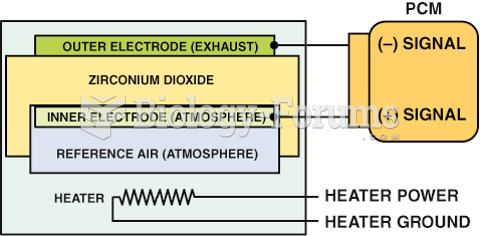 A planar design zirconia oxygen sensor places all of the elements together, which allows the sensor ...
A planar design zirconia oxygen sensor places all of the elements together, which allows the sensor ...
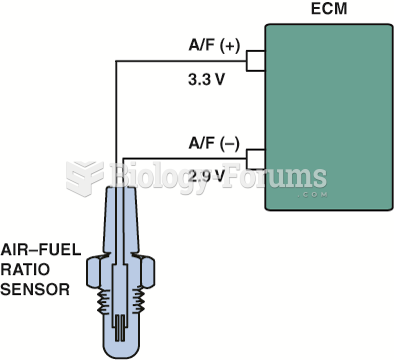 A single cell wide-band oxygen sensor has four wires with two for the heater and two for the sensor ...
A single cell wide-band oxygen sensor has four wires with two for the heater and two for the sensor ...
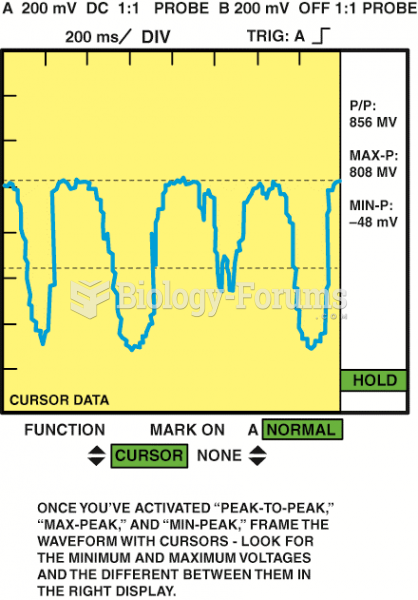 Using the cursors on the oscilloscope, the high- and low-oxygen sensor values can be displayed on ...
Using the cursors on the oscilloscope, the high- and low-oxygen sensor values can be displayed on ...


